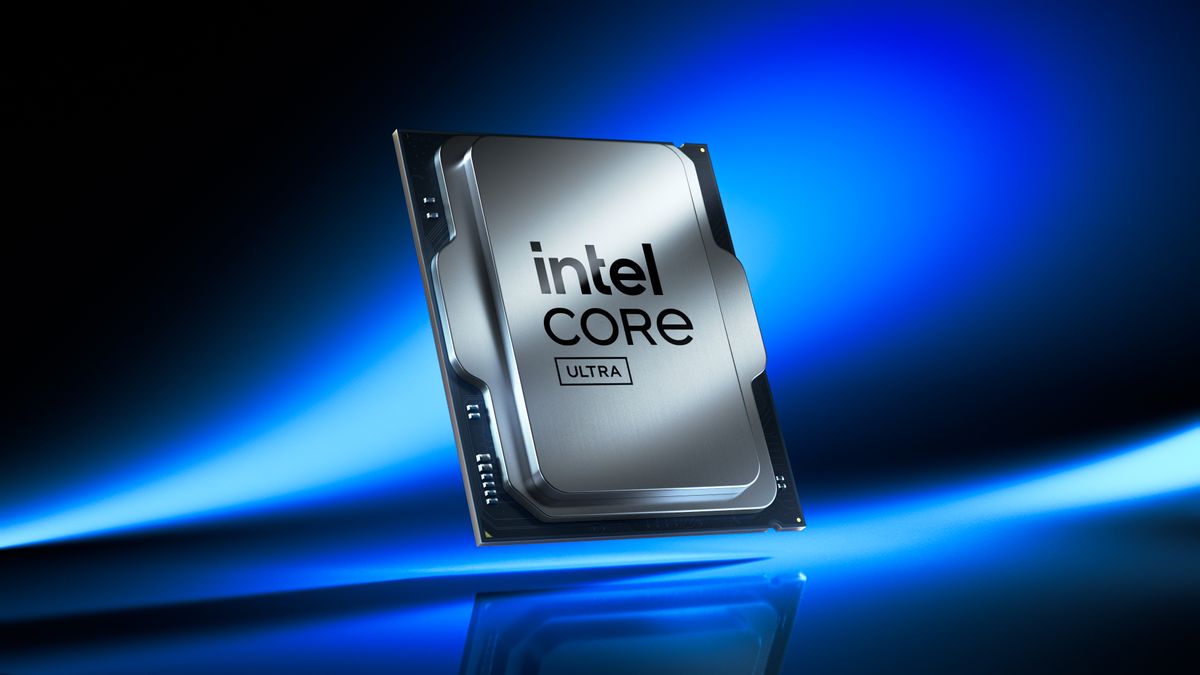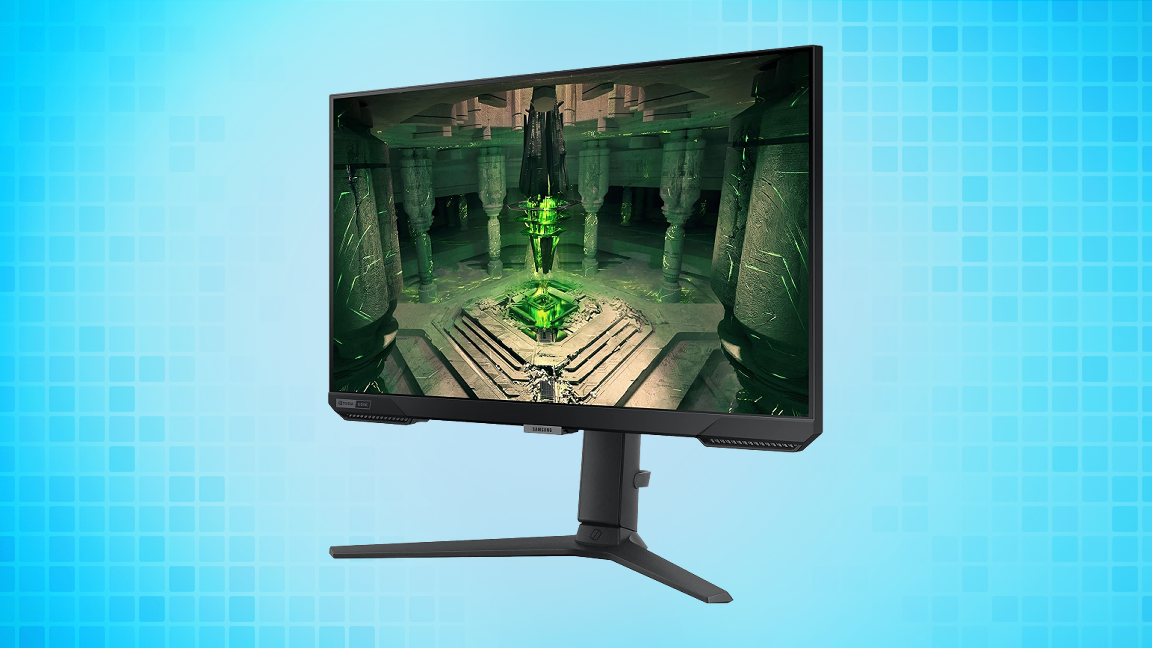The recently imposed U.S. import duties are designed to affect the vast majority of industries, and the data storage industry is certainly not an exception. Because the underlying technologies of hard disk drives, solid-state drives, tape drives, and storage arrays are so different, the effects of tariffs could be diverse on all of them. However, it looks like HDD and SSD makers will suffer the most despite Trump’s 90-day suspension of country-specific tariffs starting April 10, whereas producers of tapes will rejoice, notes Blocks & Files.
HDDs
We are going to start with hard drives, as these are arguably the most technologically advanced storage devices with the most complex supply chain these days. There are three HDD makers: Seagate, Toshiba, and Western Digital.
Seagate's HDD operation involves product development in the U.S. and Singapore; head manufacturing in the United States and Northern Ireland; substrate production in Malaysia; media fabrication in Singapore or Japan (when Seagate sourced platters from Showa Denko); and drive and subassembly manufacturing in China and Thailand.
Toshiba's HDD supply chain involves R&D and high-value component manufacturing in Japan (as the company usually uses media from Showa Denko), with mass assembly and component integration primarily based in China, the Philippines, and Japan (high-end HDDs).
Western Digital develops its HDDs in the U.S. and Japan. Media substrates are produced in Malaysia, but the actual media manufacturing occurs in China or Japan (when Western Digital sources from Showa). Head wafers are processed in the U.S., but the final head-gimbal assembly takes place in the Philippines and Thailand. Actual HDDs are built in Malaysia and Thailand.
Although Seagate, Toshiba, and Western Digital have different supply chains, their setups are subject to risks of substantial U.S. import tariffs, particularly on drives produced in China (124%), Malaysia (24%), the Philippines (17%), and Thailand (36%). Perhaps, if Toshiba shifts more production to the Philippines, it can avoid paying extremely high tariffs in the U.S., but the situation for Seagate is more complicated as a significant portion of Seagate's drives are built in China. Keeping in mind that HDDs are assembled in cleanrooms, moving their assembly away from China or Thailand quickly will be expensive and complicated.
Considering the diverse supply chains of all three makers, it is likely that U.S. customs will charge import tariffs based on where the final HDDs are assembled. Seagate and Western Digital will likely increase their operations in the U.S. to prove that there is 20% of American content in their drives to cut down duties, though it remains to be seen whether they succeed.
SSDs
With SSDs, the situation is a bit different. There are only six companies in the world that produced 3D NAND memory in high-volume — Kioxia, Micron, Sandisk, Samsung, SK hynix, and YMTC — but there are dozens of SSD makers, most of which conduct operations in China and other countries with low labor costs.
Micron, Kioxia, and Sandisk are the only big makers of 3D NAND, which do not have wafer fabrication capacity in China. However, these companies use their Chinese facilities to test and package their flash memory. Under U.S. Customs law, the 'country of origin' is generally determined by the location of the last substantial transformation, the point where the product undergoes a major change. So, if a 3D NAND wafer is fabricated in Japan or Singapore but diced, tested, and packaged in China, the origin of flash is very likely to be considered China.
For now, this is not a problem as memory is now relieved from tariffs. However, Micron, Kioxia, and Sandisk produce SSDs in China and drives are considered 'finished goods' and are therefore dutiable. Hence, to avoid punitive tariffs from the U.S. government, these companies will have to start making their drives elsewhere to remain competitive in the U.S. This applies to third-party SSD makers too. Fortunately, it is relatively easy to establish assembly of SSDs as it does not require cleanrooms used to make 3D NAND memory or assemble HDDs.
The lion's share of Samsung's and SK hynix's 3D NAND is made in South Korea, but they also have 3D NAND production capacity in China, mostly to serve local demand for flash memory and SSDs. However, retail SSDs from Samsung and SK hynix are assembled in South Korea, so the U.S. Customs will likely deem them as Korean products subject to a 25% import tariff (a 15% country-specific tariff is suspended for 90 days effective April 10).
For obvious reasons, 3D NAND companies will unlikely ship products containing 3D NAND memory from China to the U.S. to avoid tariffs once semiconductors are slapped with import duties. However, it remains to be seen what SK Hynix's subsidiary Solidigm will do, considering the fact that it exclusively uses memory produced at the company's Dalian facility (which used to belong to Intel). If the U.S. government decides to impose prohibitive tariffs on 3D NAND chips made in China, Solidigm will be in trouble. The same applies to Micron, Kioxia, and Sandisk.
To avoid punitive country-specific tariffs when shipping SSDs to the U.S. once the country-specific tariffs are re-instated in 90 days following the April 9 pause, makers of SSDs will have to either assemble them in countries that are not subject to such import duties (e.g., those protected under the USMCA, such as Canada or Mexico), or will have to build them in the U.S. This will not relieve 3D NAND makers (or their customers) from paying import duties on memory and controller chips once they are imposed though. However, unlike makers of HDDs, SSD producers can change the origin of their products relatively easily.
Tape and optical discs
Tape drives and optical discs see different effects. IBM builds LTO tape drives in Arizona and escapes tariffs, aside from imported parts. Japan's Fujifilm makes tape in Massachusetts, so it is also safe, but Sony produces them in Japan, so it must deal with a 24% charge on tapes brought to the U.S.
Blu-ray and DVD discs are manufactured in China, India, Japan, and Taiwan. Each country's specific rate will apply when shipping these items to the U.S. and it is unlikely that anyone will relocate production of discs to America. What remains to be seen is how tariffs affect pre-recorded discs with games and movies.










 English (US) ·
English (US) ·